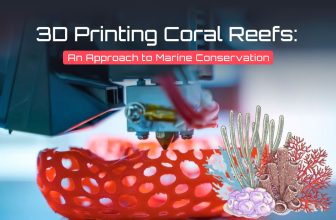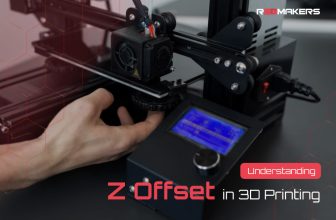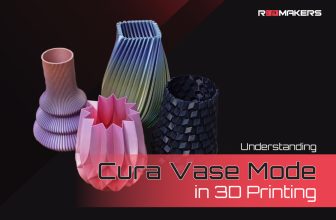Mastering Precision and Functionality in 3D Printing Gear
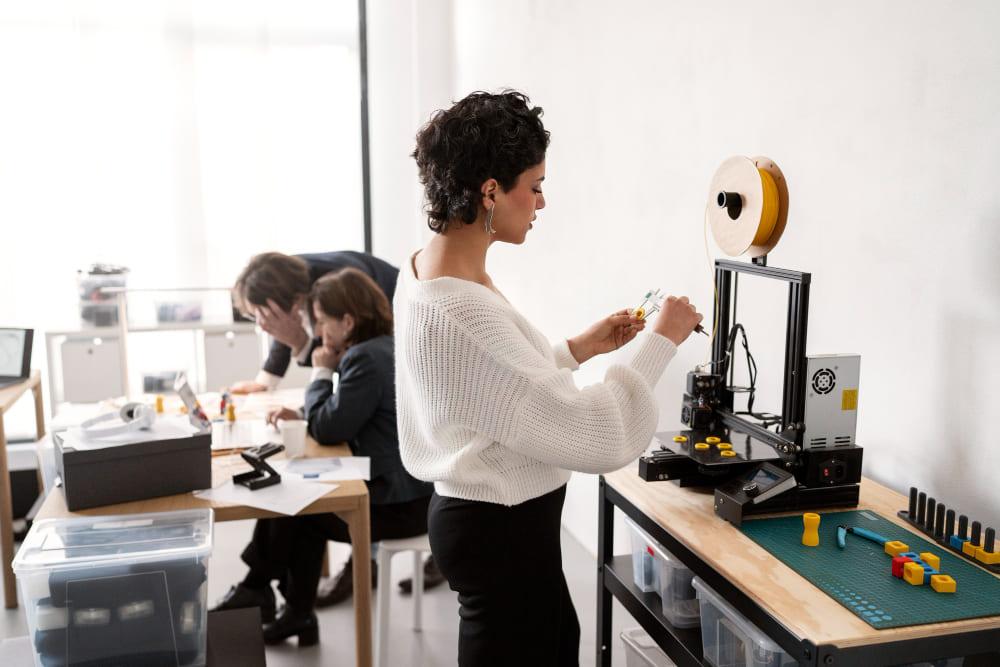
The world of 3D printing gears has ushered in a new era of customization and innovation, offering the ability to create intricate and functional parts with unprecedented precision.
Among the myriad applications of 3D printing, the production of gears stands out as a prime example of how this technology is reshaping traditional manufacturing.
From intricate mechanical assemblies to hobbyist projects, the realm of 3D printed gears has emerged as a fascinating intersection of engineering, design, and creativity.
Introducing 3D Printing Gear: A Revolution in Precision Engineering
In the heart of the digital age, the synthesis of engineering prowess and technological innovation has birthed a new paradigm for crafting gears. 3D printed gears, with their remarkable blend of artistry and mechanical precision, have paved the way for a future where functional designs come to life layer by layer. This article delves into the intricacies of 3D printing gears, shedding light on their evolution, design principles, and transformative impact.
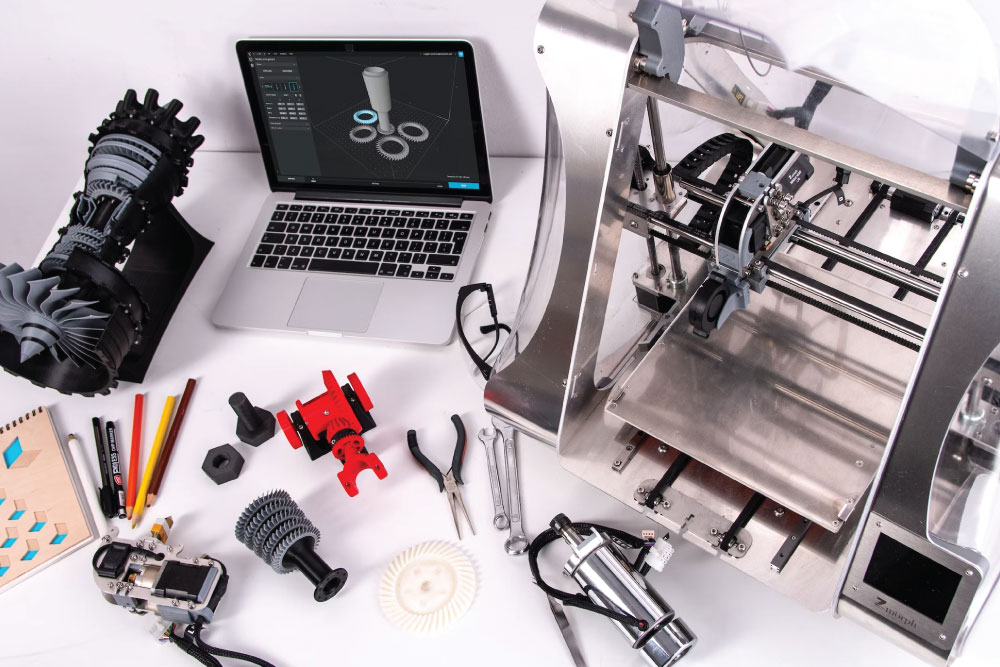
The Mechanics Behind 3D Printing Gear: A Blend of Art and Science
Gears are the unsung heroes of many mechanical systems, silently transferring power and motion between rotating shafts. Traditionally manufactured gears involve intricate tooling and complex machining processes.
However, 3D printing has revolutionized gear production by offering a versatile and efficient alternative. By harnessing the power of additive manufacturing, enthusiasts and engineers alike can now design and create gears tailored to their specific needs.
Precision and Customization in 3D Printing Gear
One of the most significant advantages of 3D printing gears lies in the realm of customization. Traditional manufacturing techniques often impose limitations on gear designs due to the constraints of tooling and machinery.
In contrast, 3D printing grants the freedom to design gears with intricate tooth profiles, varying diameters, and specific gear ratios. This level of customization ensures that every printed gear aligns precisely with the intended application, optimizing performance and efficiency.
Design Considerations for Optimal 3D Printing Gear Performance
Creating functional and reliable 3D printed gears requires careful consideration of various design factors. Proper tooth profile, tooth spacing, and gear diameter are essential elements that determine gear functionality. Asymmetric gear tooth profiles, such as involute or cycloid designs, are commonly used in 3D printed gears due to their ability to transfer motion smoothly and efficiently.
Material Selection: The Backbone of 3D Printing Gear Durability
Choosing the right material for 3D printed gears is paramount to their performance and longevity. Plastics like ABS, PETG, and nylon are popular choices due to their durability and mechanical properties. However, for more demanding applications, engineering-grade materials like polycarbonate or carbon-fiber-reinforced filaments can provide enhanced strength and wear resistance. Material selection should align with the specific operational requirements of the gear, ensuring that it can withstand the forces and stresses it will encounter.
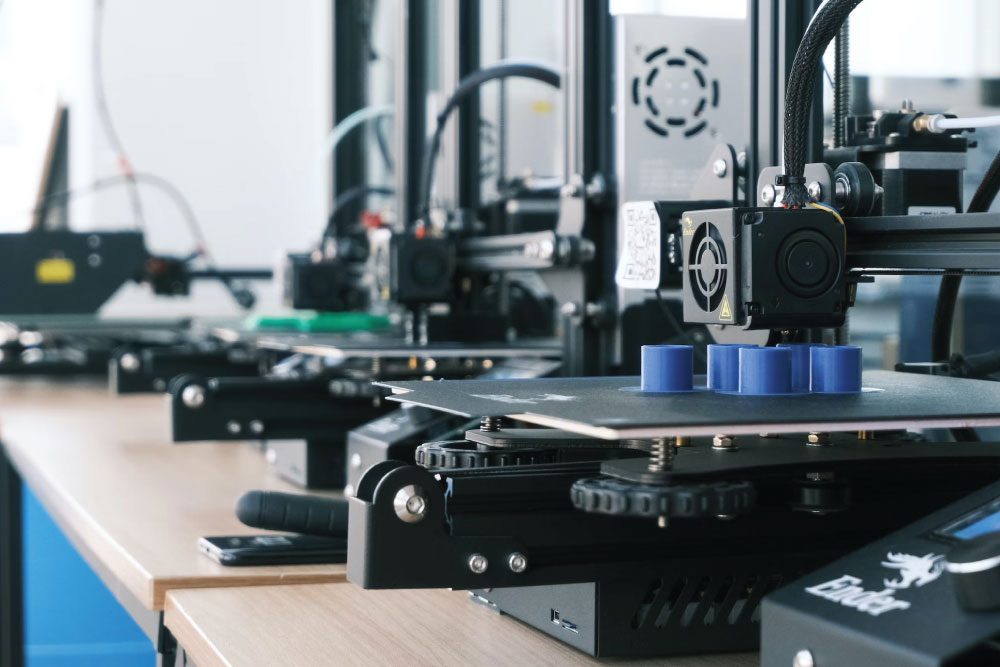
Post-Processing 3D Printing Gear for Fine-Tuning and Smooth Operation
The 3D printing process can sometimes result in rough surfaces and imperfections on gear teeth. To ensure optimal functionality, post-processing steps such as sanding, polishing, or even acetone vapor smoothing can be employed. These techniques not only enhance the gear’s aesthetics but also contribute to smoother meshing and reduced friction between gears.
Balancing Strength and Precision in 3D Printing Gear
When it comes to 3D printed gears, striking a balance between strength and precision is crucial. While higher infill percentages can enhance gear durability, they might also lead to increased friction and wear. Careful consideration of infill density, wall thickness, and layer height is essential to finding the optimal compromise between strength and performance.
The Future of 3D Printing Gear Manufacturing: Innovations and Beyond
The journey of 3D print gears doesn’t end with functional prototypes or hobbyist projects. Industries ranging from automotive to aerospace are exploring the potential of 3D printed gears in end-use applications. As 3D printing technologies continue to evolve, the scope for creating high-performance, reliable, and intricate gears expands, unlocking new possibilities in the realm of precision engineering.
In essence, printed gear are more than just mechanical components; they encapsulate the fusion of human ingenuity with the precision of technology. As 3D printing continues to evolve, it will undoubtedly forge a path towards a future where gear customization, innovation, and functionality harmoniously coexist.
From personal projects that push creative boundaries to industrial applications that redefine efficiency, the realm of 3D printing gears is a dynamic playground for exploration, experimentation, and progress. With each printed gear, we step closer to a world where the art of engineering takes on a new dimension, driven by the limitless potential of additive manufacturing.
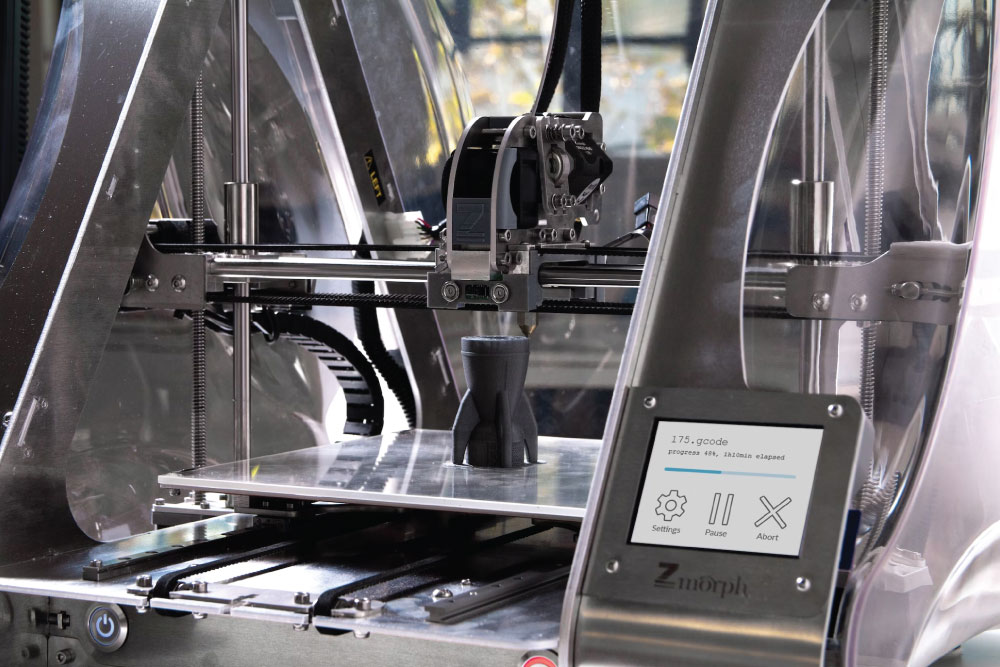
Conclusion
3D printed gears stand as a testament to the transformative power of additive manufacturing. By enabling customization, intricate designs, and functional precision, this technology has breathed new life into a fundamental mechanical component. As 3D printing gears become more accessible and materials continue to evolve, the realm of printed gears is poised to grow exponentially.
From intricate hobbyist projects to critical industrial applications, 3D printed gears are rewriting the rules of gear manufacturing, offering a glimpse into a future where customization, innovation, and functionality harmoniously coexist. This marks the dawn of a gear revolution that will continue to shape industries and propel innovation forward.




